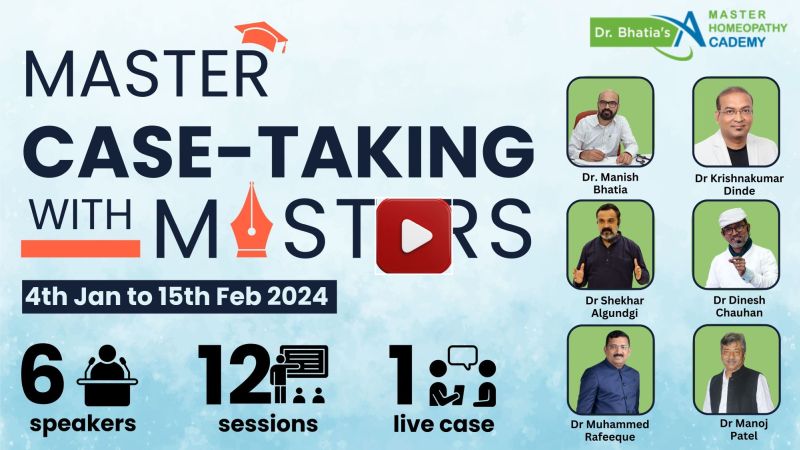Introduction
In this article, we will talk about the ongoing viral infection and pneumonia that is affecting children in China. You all must have read and seen media reports on hundreds of thousands of children falling sick due to pneumonia and getting hospitalized. This is creating a panic of a new pandemic in India.
So what should we do?
The first step to understanding this situation is to understand what is happening in China. It is observed that in small clusters of school going children of certain districts in China are suffering from pneumonia. The question is why are the children having pneumonia. One the reasons is the onset of winter season in China. It is observed that bacterial and viral infections are on the rise around this time of the year. The incidence of these infections is comparatively higher this year and the reason for the rise is not know.
The common type of pneumonia found in China right now is that occurring due to a type of bacteria called mycoplasma pneumoniae. The pneumonia that occurs due to mycoplasma is known as walking pneumonia. The reason why it is called walking pneumonia is because it is so mild that the patient can walk. The patient doesn’t need hospitalization. Thus it is actually a good thing that this is a mild form of pneumonia and not a sever one.
What are different types of respiratory infections occurring in winter season?
Before we dive further, let us get to know about the terminology, nomenclature and symptoms of some of the common infections occurring during winter season around the world.
DIFFERENCE BETWEEN INFLUENZA LIKE ILLNESS AND SEVER ACUTE RESPIRATORY INFECTIONS |
|
| Influenza like illness (ILI) | Severe acute respiratory infections (SARI) |
|
|
SYMPTOMS OF H3N2 (INFLUENZA A) |
|
SYMPTOMS OF MYCOPLASMA PNEUMONIAE |
||
| Adults & children | Children<5 years | Pneumonia |
|
|
|
SYMPTOMS OF RESPIRATORY SYNCYTIAL VIRUS |
||
| Adults and children | Severe cases | Infants |
|
|
|
| RISK FACTORS AND COMPLICATIONS OF PNEUMONIA IN GENERAL | |
| Risk factors | Complications |
|
|
Now that we know the fundamentals of this illness, let us learn further about why is it happening and what we as homeopaths can do about it.
What is the reason for concern in China?
The reason for concern in China is that this strain of mycoplasma is resistant to the macrolides – an antimicrobial agent (antibiotic) commonly used to treat this pneumonia. Thus, the antibiotics are not effective on this strain of mycobacteria.
We will now try to find out the best homeopathic medicine for this strain of pneumonia if at all it comes to India or anywhere else in the world.
What are the best homeopathic medicines for pneumonia in children?
To begin with, we will take two basic rubrics here:
- Pneumonia in children
- Pneumonia in winters
When we repertories these rubrics, we get only two medicines namely Bacillinum and Hepar sulph.
When we look at the common symptoms of these cases, the symptoms that we notice are:
- Coryza
- Sore throat
- Sneezing
- Watering of eyes
- Wheezing (in some cases)
If you get these symptoms in your case then the first line of medicines are Hepar sulph. and Bacillinum.
Gastric symptoms (vomiting & diarrhea) in pneumonia in children:
It is observed that gastric symptoms – diarrhea and/or vomiting occur concomitantly in children.
When we notice these symptoms in children then we must consider three more medicines – Phosphorus, Ipecac and Antim tart.
What is the difference between these homeopathic medicines when they are prescribed in pneumonia?
| Diarrhea | Vomiting | Diarrhea + Vomiting |
| Phosphorus | Ipecac | Antim tart |
If there is only diarrhea with pneumonia, the medicine most likely indicated is phosphorus.
If there is only vomiting with pneumonia, the medicine most likely indicated is ipecac.
If there is diarrhea and vomiting both, the medicine most likely indicated is antim tart.
| Low thirst | High thirst |
| Ipecac & Antim tart | Phosphorus |
There are going to be many other symptoms like for eg. The thirst is low in Ipecac and Antim tart whereas high in phosphorus. You will notice more dullness in Antim tart. You will also notice desire for fruits in Antim tart.
| Rattling | Profuse | Difficult & Scanty |
| Ipecac & Antim tart | Ipecac | Antim tart |
You will also notice a lot of rattling in both ipecac and Antim tart but the expectoration will be scanty and difficult in Antim tart compared to ipecac.
| Flu like symptoms | Recurrent tendency to cold |
| Hepar sulp | Bacillinum |
Hepar sulph. will have more flu like symptoms. Bacillinum will be indicated more in children with a tendency to recurrent cold. This is how we can broadly classify homeopathic medicines for pneumonia in children.
You must know these 5 medicines very well because winter season has started in India
Top 5 medicines for pneumonia in children
|
We should be prepared to treat this disease in India because the bacteria and viruses cannot identify countries and borders.
We should be ready with the first line of homeopathic medicines for pneumonia in children.
The role of Aconite in pneumonia in children
There is another homeopathic medicine that we can consider for pneumonia in children. You can consider aconite in the very initial phase of illness where there are flu-like symptoms. The other two medicines mentioned before were Bacillinum and Hepar sulph.
Conclusion
As homeopaths,
- we must be acquainted with the clinical symptoms of the ongoing illness in China
- we must know the most likely homeopathic medicines for pneumonia in children considering these symptoms
- we must individualize every case so that we prescribe the simillimum
- we must share what we learn with our peers
So that you are not only equipped to deal with such epidemics and pandemics but can also give very good results in cases of pneumonia in children.
Watch the video:
References:
- Respiratory syncytial virus (RSV) – Symptoms & causes – Mayo Clinic https://www.mayoclinic.org/diseases-conditions/respiratory-syncytial-virus/symptoms-causes/syc-20353098
- Upsurge of respiratory illnesses among children-Northern China (who.int) https://www.who.int/emergencies/disease-outbreak-news/item/2023-DON494
- Global Influenza Programme (who.int) https://www.who.int/teams/global-influenza-programme/surveillance-and-monitoring/case-definitions-for-ili-and-sari
- Mycoplasma pneumoniae Signs and Symptoms | CDC https://www.cdc.gov/pneumonia/atypical/mycoplasma/about/signs-symptoms.html
- Flu Symptoms & Complications | CDC https://www.cdc.gov/flu/symptoms/symptoms.htm
Appointment and online consultation
+91 83879 09009




